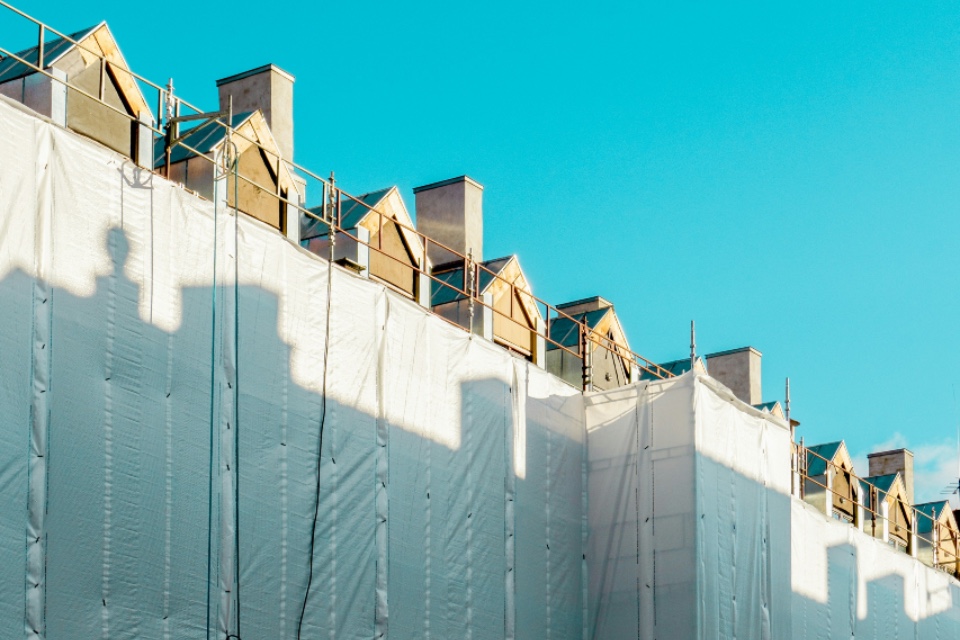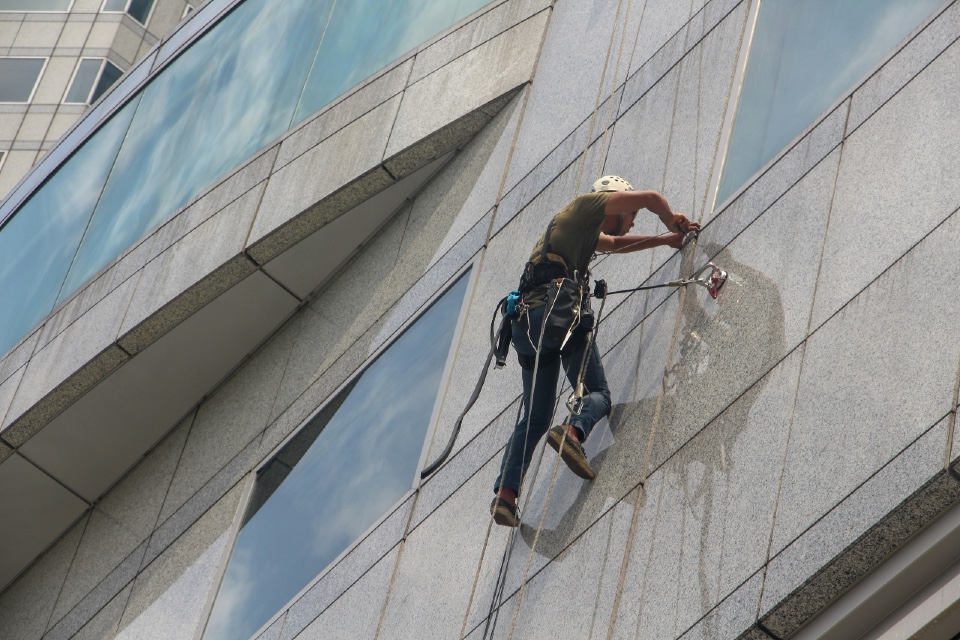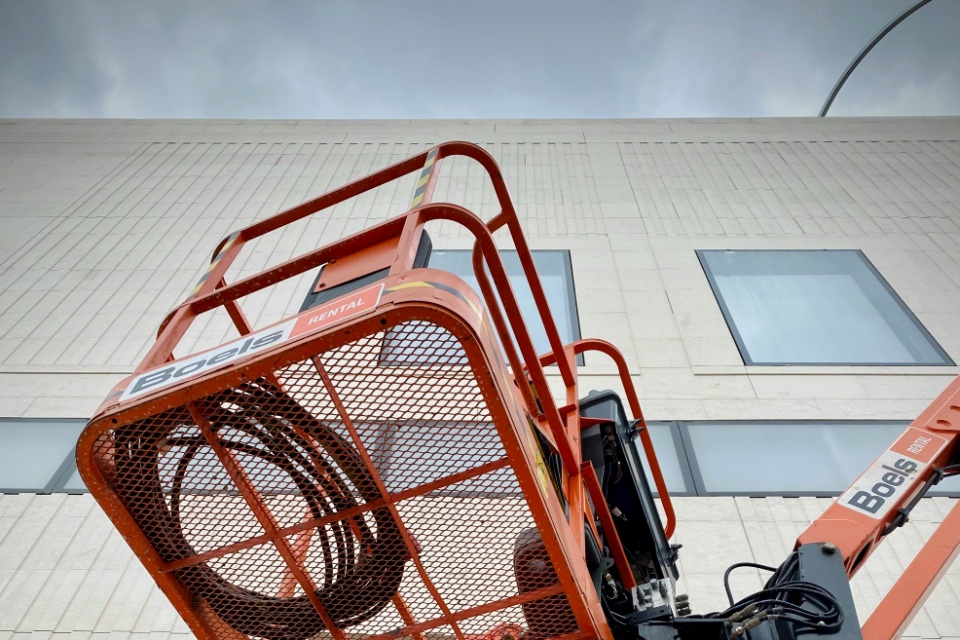Rising energy costs, stricter regulations, and corporate sustainability goals are driving a shift in FM towards eco-friendly refurbishment strategies that balance cost-effectiveness with environmental responsibility. Here’s how Facilities Managers attending the FM Forum are implementing sustainable refurbishment to future-proof their buildings…
1. Prioritising Energy-Efficient Building Materials
The materials used in refurbishment projects play a crucial role in determining a building’s sustainability. Facilities managers are increasingly opting for:
- Recycled and reclaimed materials – Wood, metal, and bricks from decommissioned structures are being repurposed to reduce waste.
- Low-carbon concrete alternatives – Materials such as hempcrete, geopolymer concrete, and carbon-capturing cement are being adopted to reduce construction emissions.
- Sustainable insulation – Natural materials like sheep’s wool, cork, and recycled denim are replacing synthetic insulation to enhance energy efficiency without environmental harm.
By integrating these materials into refurbishment projects, facilities managers can significantly lower a building’s embodied carbon footprint while improving durability.
2. Smart Energy Systems and Renewable Technology
Energy efficiency is central to sustainable refurbishment. Facilities teams are upgrading buildings with:
- Solar panels and battery storage systems – Generating and storing renewable energy helps reduce reliance on fossil fuels.
- Smart HVAC systems – AI-powered heating, ventilation, and air conditioning solutions adjust in real-time to optimise energy use and indoor air quality.
- LED lighting with automated controls – Motion and daylight sensors ensure lights are only used when needed, cutting energy waste.
These technologies not only reduce emissions and energy costs but also contribute to long-term financial savings, making them a viable investment for both private and public sector buildings.
3. Water Conservation and Sustainable Drainage Solutions
Water efficiency is another key focus for sustainable refurbishment. Facilities managers are implementing:
- Rainwater harvesting systems for irrigation and non-potable water use.
- Low-flow fixtures and water-efficient appliances to reduce water consumption.
- Green roofs and permeable pavements to improve drainage and reduce flood risks in urban environments.
By addressing water efficiency in refurbishment projects, buildings can become more climate-resilient while lowering utility costs.
4. Circular Economy and Waste Reduction
Facilities managers are shifting towards a circular economy approach, ensuring that refurbishment projects generate minimal waste by:
- Repurposing and refurbishing existing assets instead of replacing them.
- Engaging suppliers who use closed-loop manufacturing to recycle materials back into production.
- Encouraging deconstruction instead of demolition to salvage reusable materials.
This approach reduces landfill waste and contributes to more responsible resource management.
Sustainable refurbishment is essential for reducing carbon footprints, meeting regulatory requirements, and improving building efficiency. FMs are embracing energy-efficient materials, smart technology, water conservation, and waste reduction strategies to create greener, more cost-effective buildings.
By adopting these innovative solutions, organisations can ensure their facilities are not just compliant but also resilient, efficient, and environmentally responsible for the future.
Are you searching for Building Maintenance & Refurbishment solutions for your organisation? The FM Forum can help!







